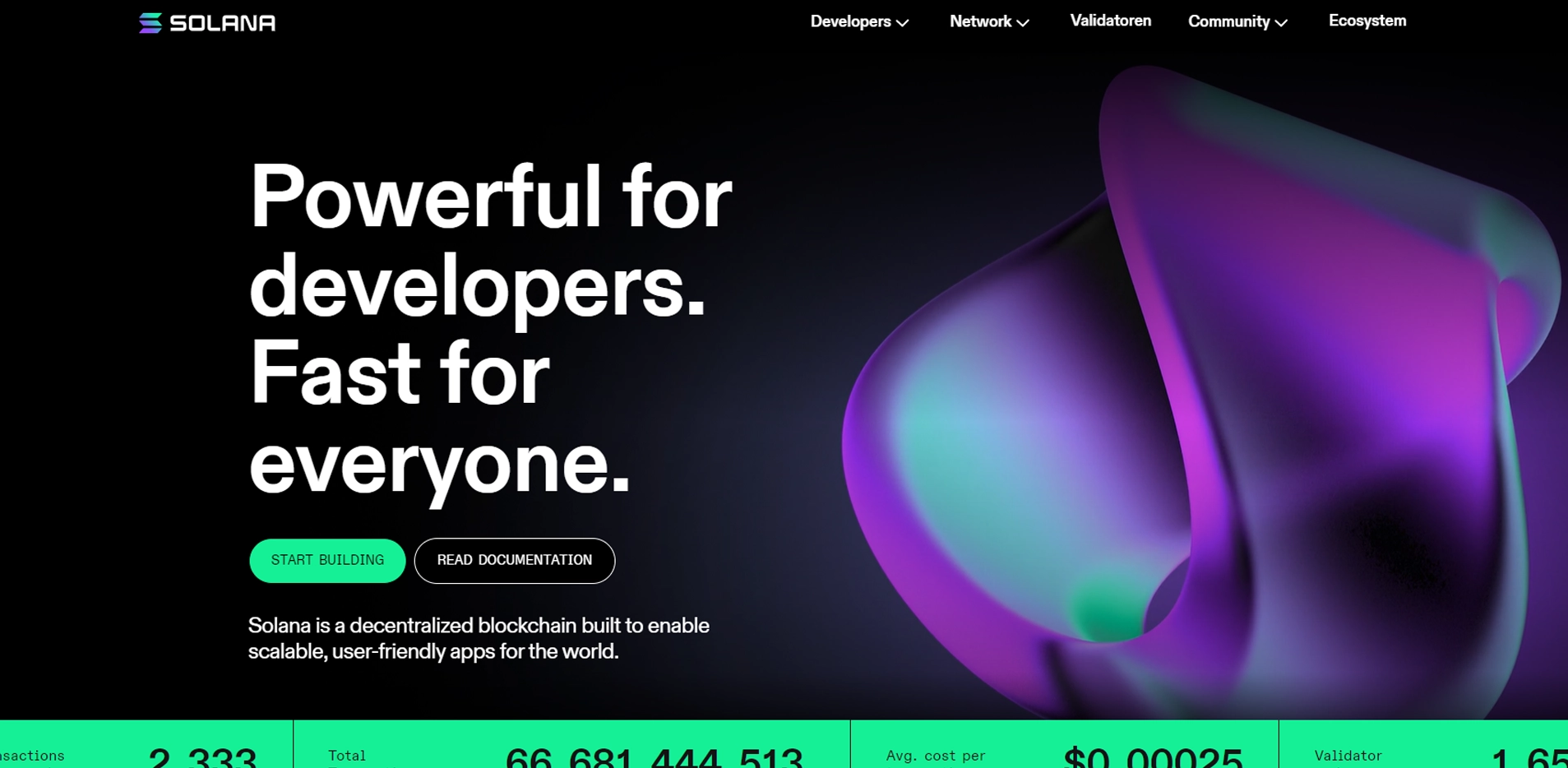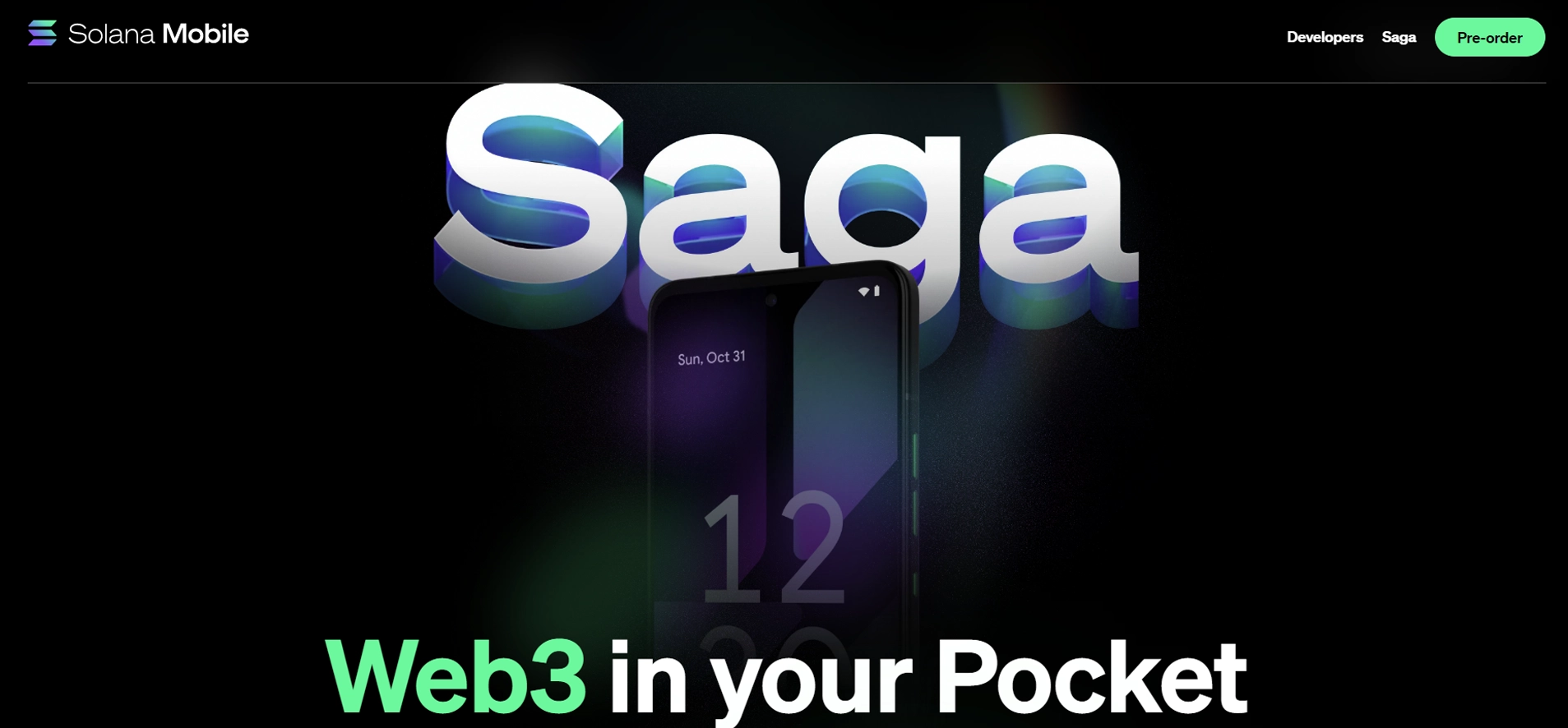An Overview of Solana Blockchain Network
Decoding the Solana blockchain platform, its core functionalities, and its consensus mechanism.
Blockchain networks like Ethereum are widely used for the development of decentralized applications and smart contracts.
However, one of the biggest challenges faced by blockchain is scalability. With the growth of these networks, transaction speed limitations and congestion arise.
Solana is a new blockchain platform that facilitates the development of smart contracts along with enabling scalability.
In this article, we review the rising innovation of the Solana platform, its use of consensus mechanisms to approve transactions, and its core functionalities.
Solana Blockchain Network
Solana is an innovative platform created by Anatoly Yakovenko to address all the shortcomings of much older and well-established blockchains like Bitcoin and Ethereum with improved efficiency.
The Solana network addressed the issues of speed and scalability currently faced by these leading blockchains with their growth in size and global acceptance.

Proof of History
Solana distinguishes itself from other blockchain projects through its Proof of History (PoH) approach to reach consensus. As a result, the Solana network can scale and process a faster transaction throughput of up to 50,000 transactions per second (TPS).
The platform is able to support a hypothetical upper bound throughput of 710,000 TPS on a standard gigabit structure and a throughput of 28.4 million transactions per second on a 40-gigabit structure.
Unlike the Proof of Work (PoW) technology that Bitcoin uses as the consensus mechanism to approve transactions, PoH creates historical records for every transaction that occurs within the network. This historical record helps to prove that a transaction occurred at a specific time.
Core Innovations of Solana
The Solana structure is a suite of exceptional functionalities. The most popular one by far is the implementation of the PoH consensus that rewards users with speed. Some of the core innovations of the network are highlighted below.
The Gulf Stream Protocol.
This protocol is what enables the network to process up to 50,000 TPS. The protocol is also responsible for pushing transaction caching and nudging it toward the edge of the network so that the validators are able to execute these transactions before time.
This process slashes confirmation time, speeds up leader switching, and improves security. Additionally, because the number of unconfirmed transactions will be non-existent, there will be less memory pressure on these validators.
Proof of History (POH).
The POH consensus algorithm helps the ecosystem to track transactions easily and record the order in which these transactions occur. Therefore, the Solana system is one of the most efficient cryptocurrency projects.
The Tower BFT.
The Tower BFT mechanism harnesses Solana’s Proof of History as its cryptographic clock, which makes it possible to reach consensus without having to experience transaction latency and attract unnecessary messaging overhead.
As a result, the confirmation process for these events is much faster and the exchange of information is seamless.
The Sealevel.
Sealevel is a feature of the Solana environment that facilitates the smooth running and security of simultaneous transactions on the same state blockchains.
This system comprises a robust transaction processing engine that can currently be used to scale operations across Solid State Drives (SSDs) and GPUs.
The Turbine.
The turbine is the apparatus that boosts the platform's capacity to process transactions swiftly. It also helps Solana resolve bandwidth issues by breaking down data into smaller packets.
The use of smaller packets makes it easier to transmit data from one chain node to another blockchain node in the network chain.
The Pipeline.
This feature is a procedure in which input data from transactions is allocated to the hardware that is responsible for it.
As a result, transaction information is quickly validated and replicated on all the blocks and nodes within the Solana network.
Cloudbreak.
Cloudbreak is Solana's robust data structure that facilitates multiple simultaneous read and write operations within the network.
It is the feature that is responsible for the level of scalability the network is currently capable of handling.
The Archivers.
Archivers are a network of nodes where all the data on the Solana blockchain is stored. These nodes vary in size and capacity from small laptops to more sophisticated computer systems. All of these nodes are subject to a regular check to ensure that they are holding the correct block of information.
SOL Token
The SOL token is Solana's native currency. It has several use cases, including serving as the primary means for processing transactions within the Solana structure.
It will serve as the utility token of the Solana environment that users pay as fees when trading, staking, or when they interact with smart contracts within the Solana environment.
Solana gives developers the ability to create smart contracts or other similar tools on its blockchain similar to Ethereum. Similarly, SOL holders may also function as network validators.
A validator in this regard helps to keep Solana in perfect order. In line with Solana's version of the deflationary model, the platform burns SOL.
SOL Cluster
A SOL cluster is a group of independent computers working together. SOL clusters can be used to verify the output of untrusted, user-submitted programs.
They can also be used whenever a user within the system seeks to preserve an unchallengeable record of events.
The SPL Protocol.
The SOL uses the native SPL protocol, which is the token standard that the Solana blockchain adopts, similar to Ethereum's ERC20 on the Ethereum network.
SOL tokens have two major use cases. The first is that it can be used to pay fees when interacting with smart contracts or any other activity on the platform and second, it can make a user eligible to become a validator or leader within the environment. As a validator, a user helps to ensure the smooth running of the environment.
The solana mobile phone

The Solana mobile phone is the first blockchain phone that allows users to store, send, and receive digital assets on a decentralized platform.
The phone is available for purchase in the United States and comes with a variety of features that make it unique among other blockchain phones.
Some of the key features of the Solana mobile phone include:
A built-in wallet that supports multiple digital asset types including Bitcoin, Ethereum, and Solana tokens.
A decentralized exchange that allows users to trade digital assets without having to rely on a central authority.
A secure messaging system that uses military-grade encryption to protect user communications.
A number of security features that make it difficult for hackers to access user data or steal digital assets.
The Solana mobile phone is an exciting new development in the world of blockchain technology and could revolutionize the way we interact with digital assets.
If you're looking for a way to securely store, send, and receive digital assets, the Solana mobile phone is definitely worth considering.
Closing Thoughts
As a fairly new project, Solana holds tremendous promise in terms of speed and scalability.
Moreover, as blockchain and cryptocurrency become more mainstream, we are likely to witness heavy transaction traffic.
The current blockchain networks are not entirely capable of handling high transaction volume. With this purview, Solana facilitates a blockchain that caters to mainstream usage.

